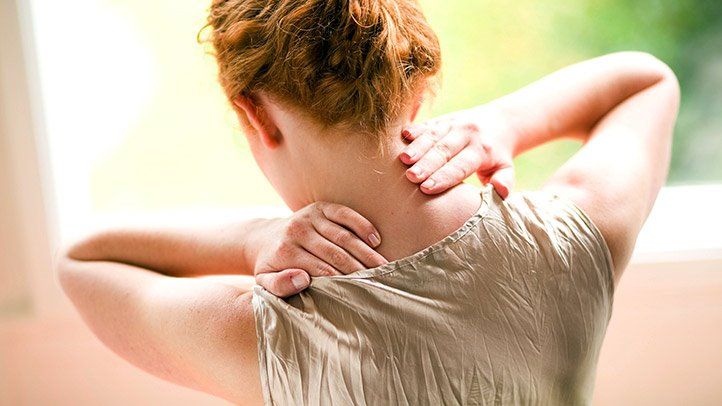When the space inside the spine is too tiny, spinal stenosis occurs. The spinal cord and nerves that pass through the spine may be compressed as a result. The neck and lower back are where spinal stenosis most frequently develops.
Some sufferers of spinal stenosis don’t exhibit any symptoms. Some people could feel discomfort, tingling, numbness, and muscle weakness. Over time, symptoms may deteriorate.
The wear-and-tear alterations in the spine brought on by arthritis are the most frequent cause of spinal stenosis. Those with severe spinal stenosis may require surgery.
More room can be made inside the spine by surgery. When the spinal cord or nerves are compressed, the symptoms they induce can be lessened. However, since surgery cannot treat arthritis, back discomfort caused by it may persist.
THERE ARE TWO DIFFERENT TYPES
The position of the compression determines the type of stenosis you have. Between the shoulders, in the neck and upper back, is where cervical stenosis can be found. Lower back pain is caused by lumbar stenosis. Lumbar stenosis is the more typical of the two conditions.
Both conditions can result in discomfort, numbness, tingling, and a reduction in limb use and movement.

SYMPTOMS OF STENOSIS
Symptomless spinal stenosis is common. When symptoms do manifest, they begin gradually and worsen over time. The location of the spine that is impacted determines the symptoms.
Around the lower back
Leg pain or cramping may be brought on by lower back spinal stenosis in one or both legs. This occurs when you walk or stand still for an extended period of time. When you lean forward or sit, symptoms improve. Back pain is another issue for some people.
In the skull
Neck spinal stenosis can result in :
- Numbness
- Weakness or tingling in the arm, leg, foot, or hand
- Issues with balance and walking
- A sore neck
- Constipation or bladder issues
CAUSES OF STENOSIS
The spinal bones are arranged from the skull to the tailbone in a column. The spinal cord flows via a passage known as the spinal canal, which is shielded by them.
Some people have a narrow spinal canal from birth. The majority of spinal stenosis, however, develops when the spine’s amount of open space is reduced. There are several causes of spinal stenosis.
- Bone spurs
- Spinal injuries
- Tumors
- Thick ligaments
- Herniated disks

WHEN TO SEEK MEDICAL ADVICE?
With rest and care, some back discomfort brought on by muscle tension will go away on its own. This is why it’s crucial to pay close attention to how your body is feeling. Following are some indicators that stenosis is the cause and that you should consult a doctor :
- Pain that comes and goes:- At times it is intense, at other times it is barely noticeable.
- Positional Pain:- Pain and cramping in the legs are brought on by standing, walking, and other upright activities like riding a bike.
- The Changes in Discomfort:- Relieving the pressure by lying down, sitting, or leaning forward causes a short-term decrease in pain.
- Small Changes Produce Big Relief:- Even a slight change in position results in considerable relief.
Your life does not have to be controlled by spinal stenosis. Call for a consultation at Specialty Care Clinics if you are experiencing spinal stenosis symptoms. Contact us at (469) 545-9983 to schedule an appointment.
